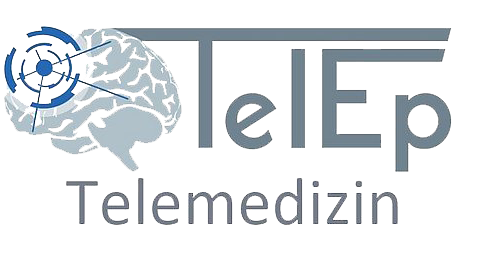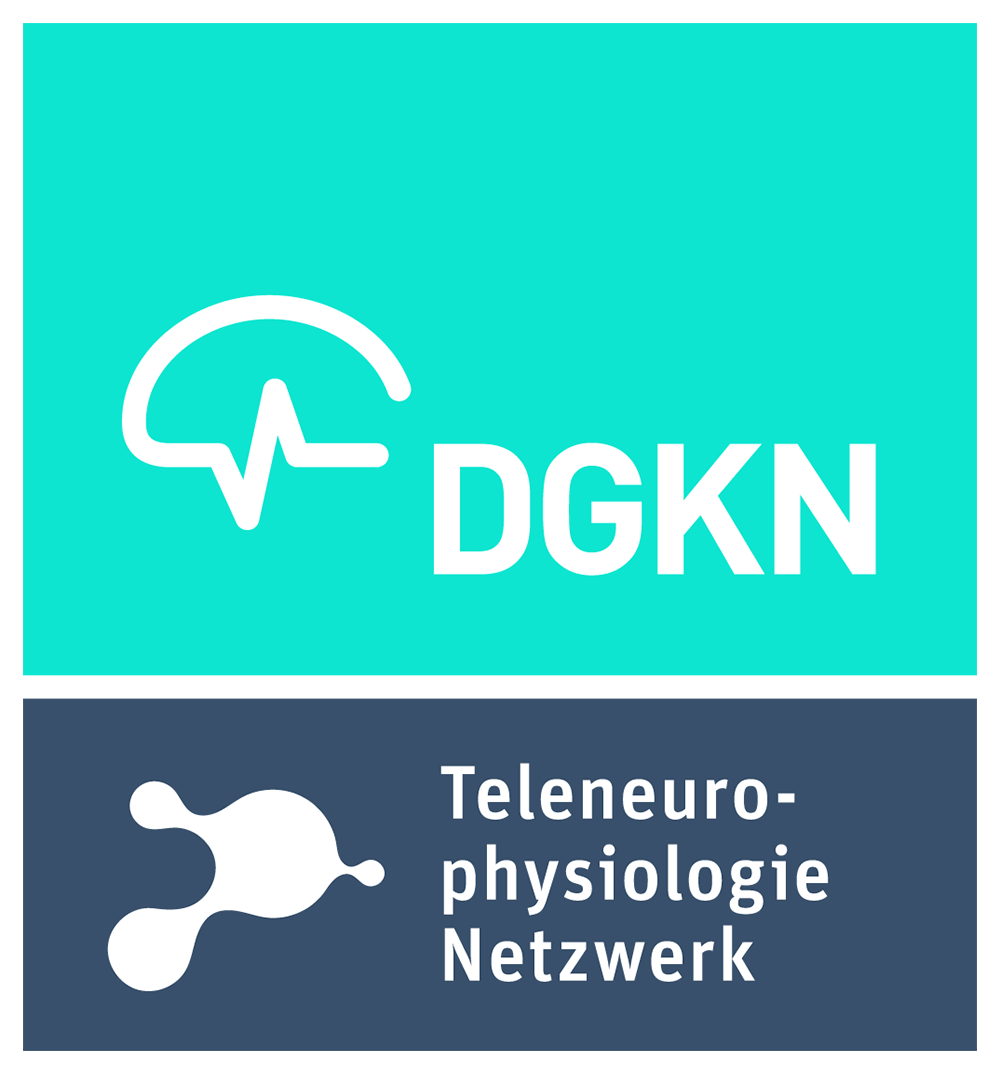Telemedicine networks between hospitals create a win-win situation for all stakeholders (patients, physicians, society):
-
Patients can be treated locally without having to forgo the expertise of specialist epilepsy centers in acute cases. This is of particular significance for children and elderly people who find it hard if they have to be hospitalized in centers far from their homes, and improves the standard of treatment across the board, making treatments more successful altogether.
-
Physicians treating the patient locally benefit from the support/availability of an expert opinion through the telemedicine consultation, thereby potentially improving the success of treatment. In particular, epilepsy patients can be tested from an early stage to determine whether they require a diagnosis or treatment that can only be offered by a specialized center, for example epileptic surgery. In addition, the telemedicine consultations make a valuable contribution to improving the neurological training of medical teams.
-
A telemedical network also saves costs from the point of view of health policy, by making effective and targeted diagnoses, providing treatment that is successful from the outset, avoiding expensive treatment errors, saving repeated examinations in different hospitals and finally by saving on patients having to be hospitalized in a peripheral hospital before being transferred to an epilepsy center.
In a socio-economic study, we were able to demonstrate that hospitalizations in epilepsy patients in a population of 250,000 citizens generated costs of over 1 million euros (Strzelczyk et al. 2012). Costs for in-patients hospitalized for status epilepticus accounted for the highest costs with average hospital expenses of 8,347 euros per patient (costs ranging from €609 to €37,647). Fractures and other injuries incurred as a direct consequence of seizures were the main reason epilepsy patients were admitted to hospital outside of neurological departments. Seen in a Bavarian context, this means that considerably more than 50 million euros in costs are incurred for in-patient stays by epilepsy patients.
The “Telemedicine epilepsy” network can assess continuous EEG monitoring of patients with status epilepticus who are being treated in the intensive care units of the partner hospitals and adjust treatment accordingly. This allows costs to be cut by reducing the length of in-patient stays and reducing the number of stays required in future, as well as saving on extra indirect costs such as sick days from work, early retirement and unemployment among epilepsy patients.
The Department of Neurology at Universitätsklinikum Erlangen has been involved for many years in developing and using telemedicine in neurology. Modern telesupport systems have been developed and tested for security and reliability during remote examinations together with companies from the Nuremberg Metropolitan Region and experts from Friedrich-Alexander-Universität Erlangen-Nürnberg. One pilot project has successfully completed the pilot phase: STENO, the “stroke network with telemedicine in northern Bavaria” is a major network of hospitals coordinated by Universitätsklinikum Erlangen. The experience gained during this project was incorporated directly into TelEp.
In 2013, the first telemedicine network for diagnosing and treating epilepsy in Germany was established in Franconia. The Erlangen Epilepsy Center was the coordinating center from the outset, working initially with two satellite hospitals which epilepsy patients were often referred to in acute cases. The successful pilot phase demonstrated that there was a major requirement for advice from an epilepsy center, especially in the case of pharmorefractory epilepsy. The main issues concerned complex drug-based treatments and checking whether epilepsy surgery was possible. Another area that was often covered was diagnosing syndromes and differentiating them from other disorders which can cause seizures.
The aim of the follow-up project initiated in 2015 “Telemedicine epilepsy in Bavaria – vertical and horizontal networking (TelEp2)” was to guarantee a high standard of longitudinal care from epilepsy centers over various sectors by bringing medical practitioners together in horizontal and vertical networks. Hospitals across the regions should expand and optimize their collaboration in the field of epilepsy. In addition, a vertical telemedicine collaboration between the epilepsy center Erlangen, the involved neurological clinics and practicing neurologists should be made possible in order to provide patients with epilepsy with the medical expertise of an epilepsy center, across the various sectors and on a permanent basis.
Expanding the network both horizontally and vertically entailed major challenges, going far beyond medical issues. These included the fact that the partners had differing technical prerequisites that had to be brought together in one network (for example aligning the various data formats for EEG recording). That apart, different specializations of the various institutes, different data protection provisions and different approaches to public health policy all had to be taken into account.
After the success of the pilot projects in 2013 and 2015, TelEp is now being continued on a larger scale. The network currently has twelve partners and an international collaboration with the neurological clinic in Ljublijana and the department of neurology at AKH, Vienna. In the long term, the intention is to continue to expand the network in the region and beyond.
Practical work in the “telemedicine epilepsy (TelEp)” network centers on telemedicine consultations. The Epilepsy Center Erlangen offers a telemedicine service in which physicians specializing in epilepsy are on hand to deal with the cases and provide a consultation at short notice. The peripheral hospital that requests a consultation is required to provide the patient’s medical history, EEG recordings (obligatory), video (if necessary) and/or images (MRI).
Typical issues covered in the consultation are:
- Evaluation of first seizure
- Ruling out epilepsy
- Diagnosis of epilepsy – diagnosis of syndrome
- Treatment recommendation in the case of refractory epilepsy
- Diagnosis of status epilepticus
- Treatment recommendation in the case of status epilepticus
- Evaluation of patient’s ability to drive safely
- Options for epilepsy surgery
After viewing and evaluating the provided telemedicine information, a direct contact is established between the consulting physician and the physician requesting the consultation. The physicians discuss and agree on treatment measures. If a patient does have epilepsy, treatment may involve starting drug-based treatment after the first seizure or intensive care measures including intubation and ventilation in the case of status epilepticus. In the most severe cases, the emergency transfer of patients to Universitätsklinikum Erlangen can also be organized and carried out at short notice.
Quality assurance measures accompany the project and allow a scientific evaluation of its success. One such measure involves offering project partners further training in epilepsy, thereby allowing young physicians in particular to gain a deeper insight into the complex diagnosis and treatment of severely affected patients and expand their own expertise in the area. The project partners meet on a regular basis. Another quality assurance measure involves patients being given a structured follow-up examination one year after the initial contact, in order to evaluate the success of their treatment.

